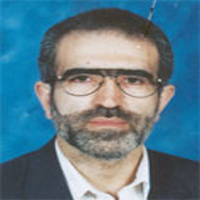THE MVN MULTIPLE PASS ALGORITHM FOR OPTIMISATION OF STOPE BOUNDARIES
Author(s):
Abstract:
There are few algorithms, developed for optimisation of ultimate stope limits. These are either heuristic or rigorous. The rigorous algorithms such as the application of the branch and bound technique and dynamic programming approach do not apply on 3D problems. Heuristic algorithms such as floating stope of Datamine and the Maximum Value Neighbourhood (MVN) algorithm do not guarantee the true optimum solution; they only provide a solution, which is close to the optimum one. The MVN algorithm runs on a fixed 3D economic block model of the ore-body and forms the best neighbourhood of each block in the model. The algorithm starts from the first block to form its MVN and include it into the ultimate limit. Then it proceeds to the last block to build up the small MVN as largely as possible. However, since it is a heuristic approach, the final stope limit obtained may contain a number of unnecessary waste blocks, ie they may be excluded from the ultimate stope without violating the stope constraints. In addition, there may be a number of necessary ore blocks, excluded from the ultimate stope. This paper introduces the extension of the MVN algorithm to run a multiple pass and check if it is possible to remove waste blocks from the ultimate stope and add other ore blocks to it. Running the multiple pass makes the ultimate stope limits as close as possible to the optimum one.
Keywords:
Language:
Persian
Published:
Journal of Mining Engineering, Volume:1 Issue: 2, 2007
Pages:
73 to 86
https://www.magiran.com/p653715
سامانه نویسندگان
مقالات دیگری از این نویسنده (گان)
-
Evaluation of the relationship between the government and contractors in the field of financial resources of mining projects using the Nash bargaining method
Amir Fazli Allah Abadi, *
Industrial Engineering & Management Sharif, -
An Integer Programming Mathematical Model for Optimization of Stope Boundaries in Underground Mine Operations
Vahid Nikbin *, Majid Ataee-Pour
Journal of Mining Engineering, Winter 2025


